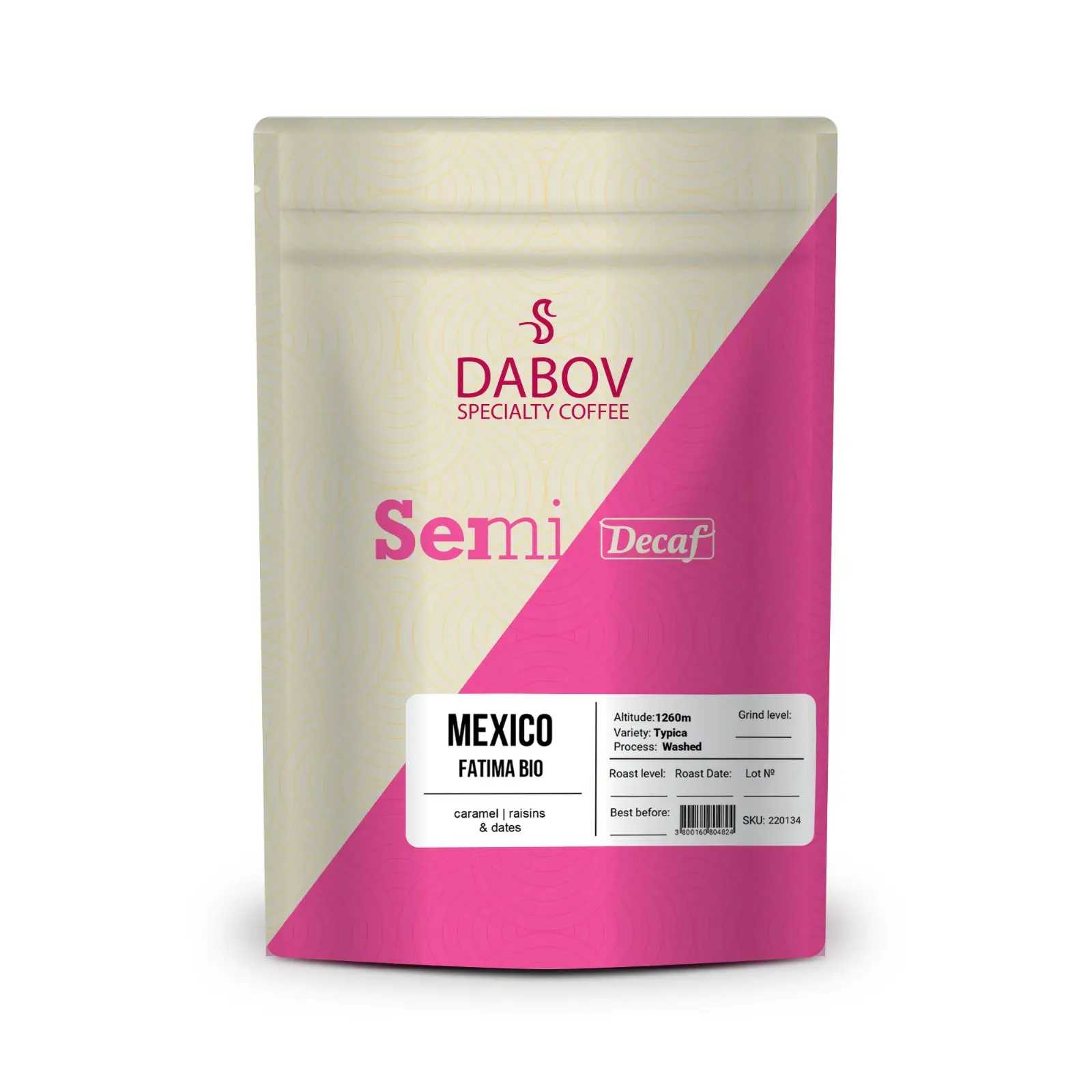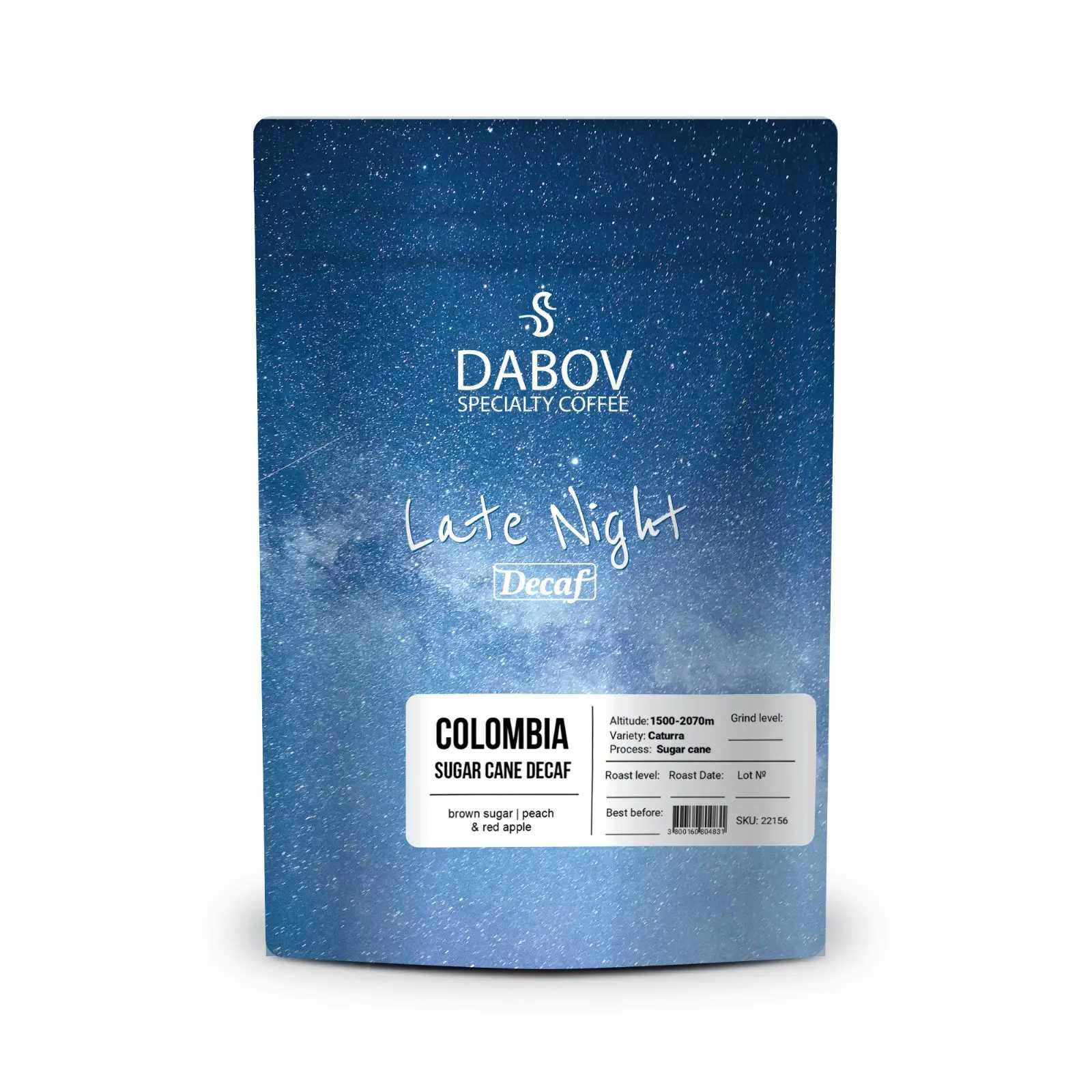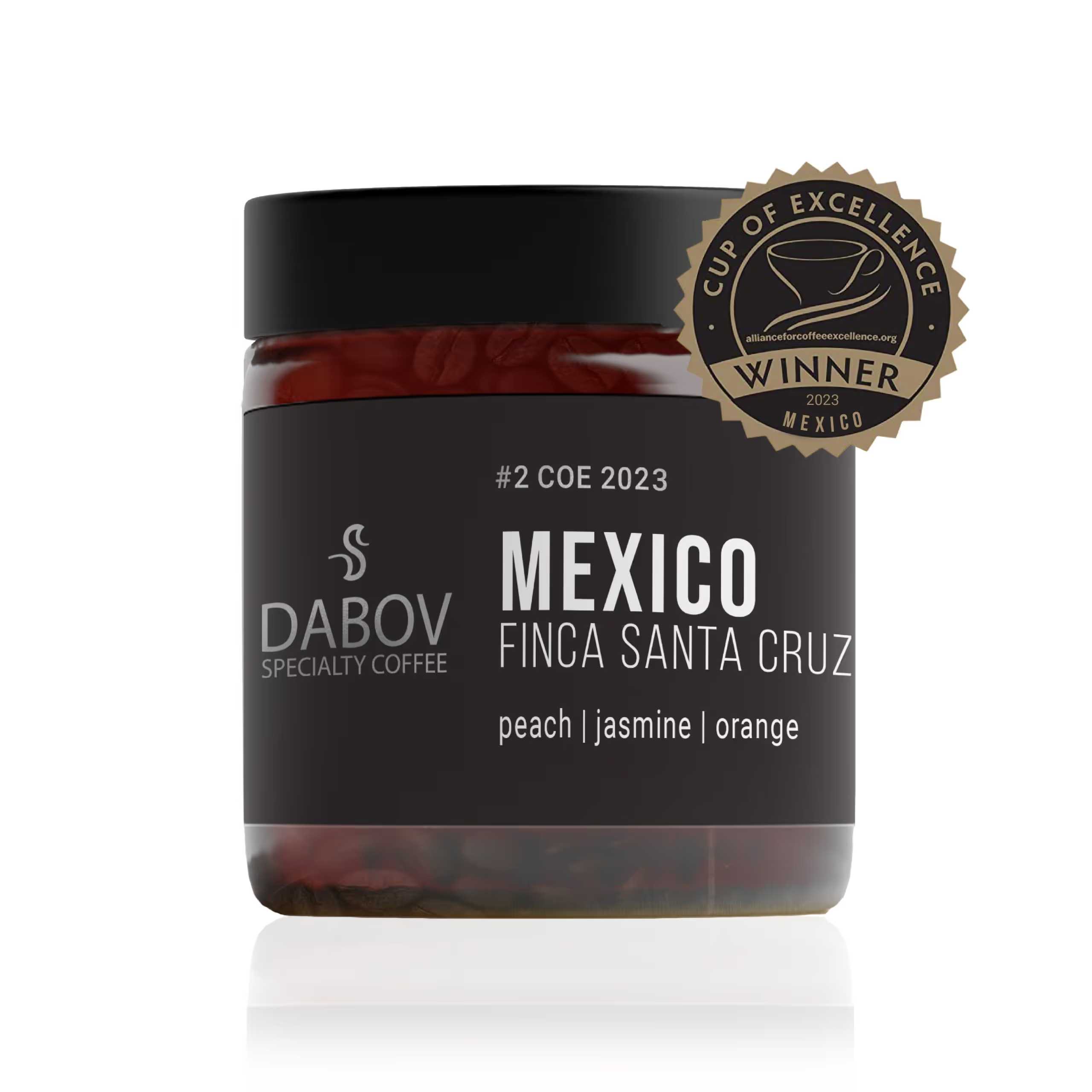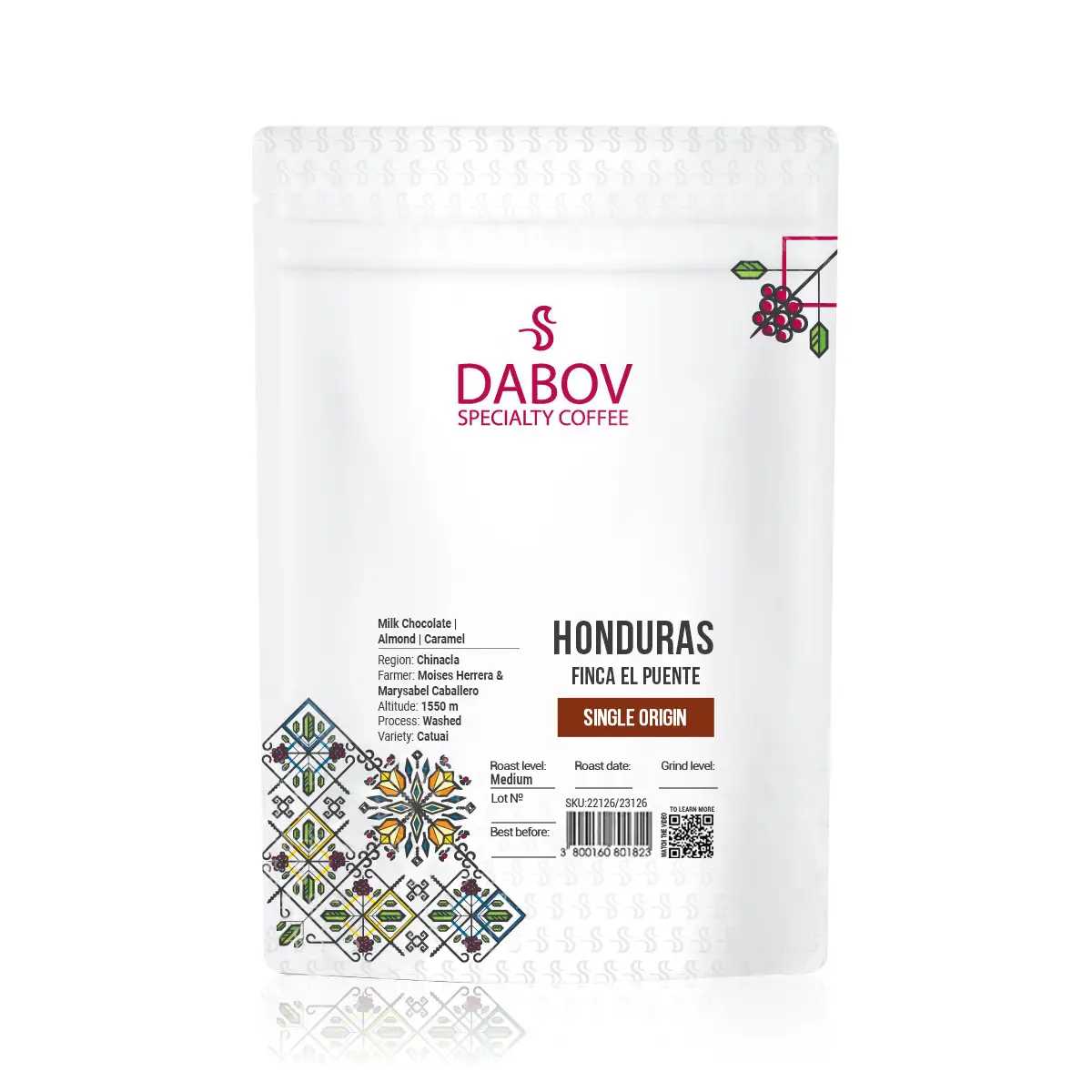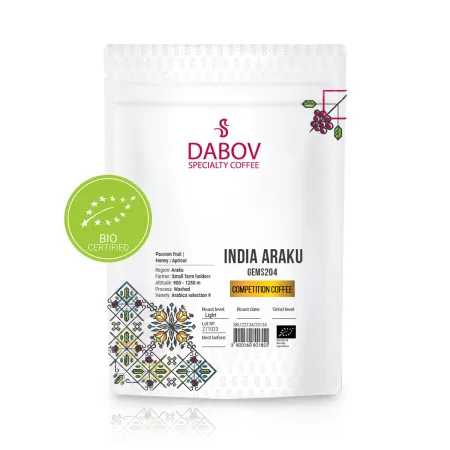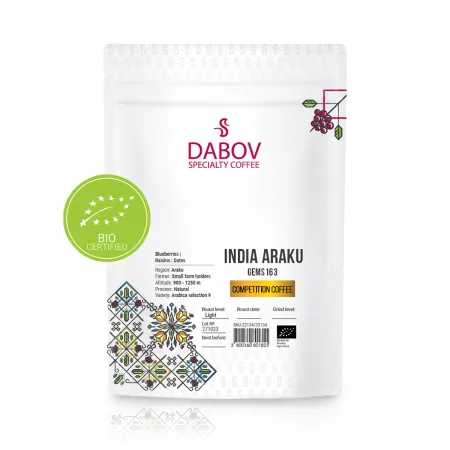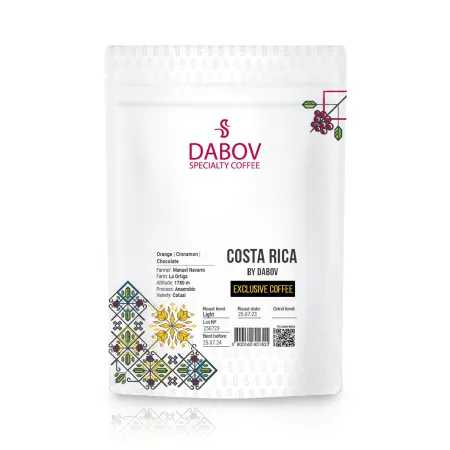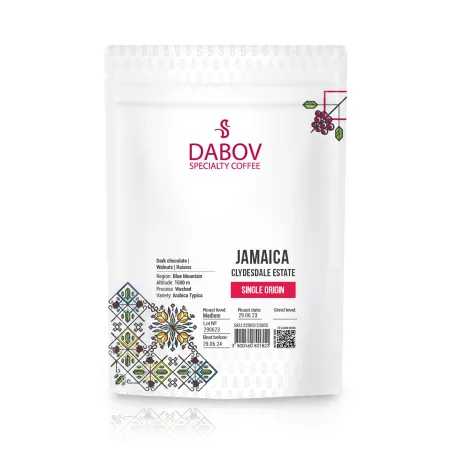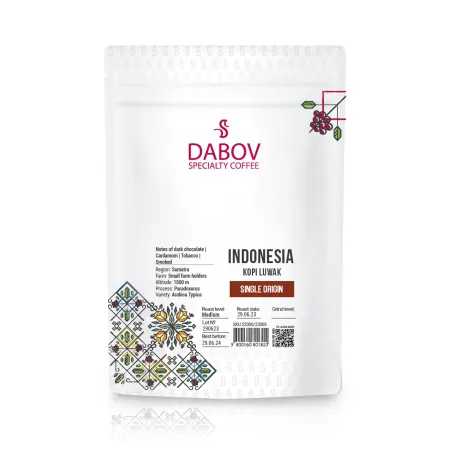The Art of Coffee Flavor Profiling A Sensory Guide
Experience the rich tapestry of coffee like never before with 'The Art of Coffee Flavor Profiling: A Sensory Guide.' This article unveils the intricate world of coffee flavor profiling, providing insights into how tasting notes can transform every sip into an adventure for the senses. Learn the historical evolution of this practice, and discover the fundamental principles of sensory evaluation that shape our understanding of flavor. With a focus on the coffee flavor wheel, you'll explore diverse taste categories and gain the skills needed to write effective coffee tasting notes. Whether you're a novice or a seasoned aficionado, this guide empowers you to craft your own personalized flavor profile, experiment with various beans, and dive deeper into what makes each coffee unique. Join us on this flavorful journey and elevate your coffee experience today!
Coffee, with its rich tapestry of flavors and aromas, has captivated the senses of enthusiasts and connoisseurs for centuries. The art of coffee flavor profiling is a sophisticated practice that allows us to delve deeper into the complexities of this beloved beverage, unlocking a world of sensory experiences that go far beyond the simple notion of a morning pick-me-up. This comprehensive guide aims to illuminate the intricate process of coffee flavor profiling, providing you with the tools and knowledge to elevate your coffee appreciation to new heights.
Introduction
The purpose of this article is to introduce you to the fascinating world of coffee flavor profiling and its profound significance in enhancing the coffee experience. As we embark on this journey, we'll explore how a sensory guide can transform your understanding of coffee, allowing you to discern and appreciate the subtle nuances that make each cup unique. The importance of tasting notes cannot be overstated; they serve as a bridge between the sensory experience and our cognitive understanding, enabling us to articulate and remember the distinctive characteristics of different coffees. By developing your ability to identify and describe these flavors, you'll not only deepen your appreciation for coffee but also enrich your overall sensory experience.
What is Coffee Flavor Profiling?
Coffee flavor profiling is a systematic approach to identifying, describing, and evaluating the sensory attributes of coffee. It encompasses a range of techniques and methodologies used by professionals and enthusiasts alike to analyze the complex interplay of flavors, aromas, and textures that define a particular coffee. This practice goes beyond simple likes and dislikes, delving into the objective characteristics that make each coffee unique.
The history of coffee flavor profiling is as rich and varied as the beverage itself. Its roots can be traced back to the early days of coffee trading, where merchants would taste and evaluate coffees to determine their quality and value. However, it wasn't until the late 20th century that coffee flavor profiling began to evolve into the sophisticated practice we know today. The development of standardized cupping protocols by organizations like the Specialty Coffee Association (SCA) in the 1990s marked a significant milestone, providing a common language and methodology for coffee professionals worldwide.
As the specialty coffee movement gained momentum, so did the interest in understanding and describing coffee flavors with greater precision. This led to the creation of tools like the Coffee Taster's Flavor Wheel in 1995, which was later revised and expanded in collaboration with World Coffee Research in 2016. This evolution reflects the growing complexity of our understanding of coffee flavors and the increasing sophistication of coffee consumers.
The Basics of Coffee Sensory Evaluation
Sensory evaluation is the scientific discipline of analyzing and measuring human responses to the properties of food and beverages, as perceived through the senses. In the context of coffee, sensory evaluation is a critical tool for assessing quality, consistency, and the unique characteristics of different coffees. It involves a systematic approach to tasting that allows for objective analysis and comparison of various sensory attributes.
The importance of sensory evaluation in coffee tasting cannot be overstated. It provides a framework for understanding and describing the complex flavors and aromas present in coffee, enabling professionals to make informed decisions about sourcing, roasting, and blending. For consumers, sensory evaluation skills can enhance the coffee drinking experience, allowing for a deeper appreciation of the nuances in different coffees.
When it comes to coffee tasting, all five basic senses play a crucial role in the overall experience:
- Sight: The visual assessment of coffee begins with observing the color and appearance of the beans, which can provide clues about the roast level and potential flavors. When brewed, the color of the coffee and the presence of oils on the surface can offer insights into extraction and body.
- Smell: The olfactory sense is perhaps the most important in coffee tasting. The aroma of coffee contains hundreds of volatile compounds that contribute to its complex bouquet. From the moment the bag is opened to the final sip, the smell of coffee evolves, revealing different notes at each stage.
- Taste: The gustatory perception of coffee involves detecting the five basic tastes: sweet, sour, salty, bitter, and umami. The interplay of these tastes, particularly the balance between sweetness and acidity, is crucial in determining the overall flavor profile of a coffee.
- Touch: The sense of touch, or mouthfeel, relates to the body and texture of the coffee. It encompasses factors such as viscosity, astringency, and the presence of oils or particulates in the brew. The way coffee feels in the mouth can greatly influence the overall perception of quality and enjoyment.
- Sound: While often overlooked, sound plays a subtle role in the coffee experience. The crackling of freshly roasted beans, the hiss of steam from an espresso machine, or the gentle bubbling of a pour-over can all contribute to the sensory experience and even influence flavor perception.
By engaging all these senses in a deliberate and focused manner, coffee tasters can build a comprehensive understanding of a coffee's characteristics, leading to more accurate and detailed flavor profiles.
The Coffee Flavor Wheel
The Coffee Flavor Wheel is an indispensable tool in the world of coffee flavor profiling. Developed by the Specialty Coffee Association (SCA) in collaboration with World Coffee Research, this visual guide serves as a common language for describing the myriad flavors found in coffee. The wheel is organized in a hierarchical structure, with broader flavor categories on the inner rings and more specific descriptors on the outer rings.
The primary purpose of the flavor wheel is to provide a standardized vocabulary for coffee professionals and enthusiasts to describe and communicate the sensory attributes of coffee. It helps bridge the gap between subjective experiences and objective descriptions, allowing for more precise and consistent flavor profiling.
The main flavor categories on the Coffee Flavor Wheel include:
- Fruity: This category encompasses a wide range of fruit flavors, from berry and citrus to tropical and dried fruit notes. Coffees with prominent fruity notes are often associated with high-quality Arabica beans, particularly those from East Africa. Ethiopian Yirgacheffe coffees, for example, are renowned for their bright, berry-like flavors.
- Floral: Floral notes in coffee can range from delicate jasmine and rose to more intense lavender or chamomile. These flavors are often found in lightly roasted, high-altitude coffees. Certain varieties of Gesha coffee, particularly those from Panama, are prized for their pronounced floral characteristics.
- Nutty/Cocoa: This category includes flavors reminiscent of various nuts (almond, peanut, hazelnut) as well as chocolate and cocoa notes. Brazilian coffees are often associated with nutty flavors, while many Central American coffees exhibit pleasant chocolate notes.
- Spices: Spice notes in coffee can range from warm cinnamon and clove to peppery or ginger-like flavors. These characteristics are often found in coffees from Indonesia or certain African regions.
- Roasted: This category encompasses flavors associated with the roasting process, from light cereal notes to deeper tobacco or burnt sugar flavors. The intensity of roasted flavors is largely determined by the roast level, with darker roasts typically exhibiting more prominent roasted notes.
- Other: This catch-all category includes a variety of flavors that don't fit neatly into the other main categories, such as papery, chemical, or fermented notes. While some of these flavors can be pleasant in moderation, they may also indicate defects in processing or storage.
Understanding these main categories and their subdivisions allows tasters to navigate the complex world of coffee flavors more effectively. It's important to note that most coffees will exhibit a combination of flavors from different categories, creating unique and complex profiles that make each cup a new adventure in sensory exploration.
Coffee Tasting Notes: A Guide
Tasting notes are detailed descriptions of the sensory attributes of a coffee, including its aroma, flavor, acidity, body, and aftertaste. These notes serve as a record of the taster's experience and provide valuable information for both professionals and consumers. In the world of coffee flavor profiling, tasting notes are essential for several reasons:
- Quality Assessment: They help in evaluating the overall quality of a coffee and identifying any defects or exceptional characteristics.
- Communication: Tasting notes provide a common language for discussing coffee flavors among professionals and enthusiasts.
- Consistency: They allow roasters and baristas to maintain consistency in their products by comparing current batches to established flavor profiles.
- Consumer Guidance: Detailed tasting notes can help consumers choose coffees that align with their preferences.
When developing tasting notes, it's important to consider several key categories:
- Aroma: This refers to the smell of the coffee, both in its dry form and when brewed. Aromas can be described using terms from the flavor wheel, such as "floral," "fruity," or "nutty."
- Acidity: Often misunderstood, acidity in coffee refers to a desirable brightness or liveliness on the palate. It can be described in terms of intensity (high, medium, low) and quality (crisp, sharp, round, etc.).
- Body: This relates to the mouthfeel or texture of the coffee. Descriptors might include "light," "medium," "full," "syrupy," or "tea-like."
- Flavor: This encompasses the overall taste experience, including the interplay of different flavor notes. It's often the most detailed part of a tasting note, drawing on the full range of descriptors from the flavor wheel.
- Aftertaste: Also known as the finish, this describes the flavors and sensations that linger after swallowing the coffee. It can be described in terms of duration, intensity, and specific flavors.
To write effective tasting notes, follow these steps:
- Start with the aroma, noting both the dry fragrance and the wet aroma of the brewed coffee.
- Take a sip and let it coat your entire mouth, paying attention to the initial flavors, acidity, and body.
- Note how the flavors evolve as the coffee cools, and pay attention to the aftertaste.
- Use specific, descriptive language, drawing from the flavor wheel when appropriate.
- Include both objective observations (e.g., "high acidity") and subjective impressions (e.g., "reminds me of biting into a ripe peach").
- Be honest and avoid exaggeration. If you can't detect a particular note, don't include it just because you think it should be there.
- Practice regularly and compare notes with others to refine your palate and descriptive skills.
Remember, developing the ability to write detailed and accurate tasting notes takes time and practice. Don't be discouraged if your initial attempts seem basic or vague. With experience, your palate will become more refined, and your descriptive abilities will improve.
Step-by-Step Guide to Coffee Flavor Profiling
Preparing for a coffee tasting session requires attention to detail and careful preparation. Here's a comprehensive guide to ensure you're set up for success:
- Select Your Coffee: Choose fresh, high-quality beans. If possible, taste multiple coffees in the same session for comparison.
- Equipment Needed:
- Clean cupping bowls or cups (identical for each coffee)
- Cupping spoons (one per taster, per coffee)
- Grinder (burr grinder recommended for consistency)
- Scale for precise measurements
- Kettle for heating water
- Timer
- Tasting forms or notebooks
- Palate cleansers (plain crackers and room temperature water)
- Grind Size: Use a medium-coarse grind, similar to sea salt. Consistency is key, so grind all samples just before tasting.
- Water: Use clean, filtered water heated to around 200°F (93°C).
The tasting process itself follows a specific protocol:
- Dry Fragrance: Smell the dry grounds and note your observations.
- Wet Aroma: Add hot water to the grounds (about 8.25g of coffee per 150ml of water). Wait 3-5 minutes, then break the crust that forms on top with your spoon. Lean in close and inhale deeply, noting the aromas released.
- Tasting:
- Allow the coffee to cool for about 10 minutes.
- Take a spoonful of coffee and slurp it forcefully. This spreads the coffee across your palate and aerosolizes it, allowing you to perceive more flavors.
- Note your initial impressions of flavor, acidity, and body.
- Repeat the process as the coffee continues to cool, noting how the flavors evolve.
- Evaluation: Consider each aspect of the coffee:
- Aroma: Both dry and wet
- Acidity: Intensity and quality
- Body: Mouthfeel and texture
- Flavor: Specific taste notes
- Aftertaste: Lingering flavors and sensations
- Balance: How well the different elements work together
- Overall impression
- Cleanse your palate between samples with water and a plain cracker.
Analyzing flavor profiles involves synthesizing your observations into a coherent description of the coffee. Look for patterns in your notes:
- Are certain flavor categories more prominent?
- How does the acidity interact with the sweetness?
- Does the body complement or contrast with the flavor notes?
Try to identify the defining characteristics that make this coffee unique. Is it the bright acidity, the complex fruit notes, or perhaps the smooth, chocolatey body? Understanding how these elements interact will help you build a comprehensive flavor profile.
Building Your Coffee Flavor Guide
Creating a personal flavor profile is an ongoing process that involves tasting a wide variety of coffees and consistently documenting your experiences. Here are some steps to help you develop your palate and build a comprehensive flavor guide:
- Taste Regularly: Set aside time each week to taste new coffees or revisit familiar ones.
- Keep Detailed Notes: Use a consistent format for your tasting notes, including information about the coffee's origin, processing method, roast level, and your sensory observations.
- Experiment with Brewing Methods: Try the same coffee prepared using different methods (e.g., pour-over, French press, espresso) to understand how preparation affects flavor.
- Compare and Contrast: Taste coffees side by side to highlight differences and similarities. This can help you identify subtle nuances more easily.
- Challenge Your Palate: Seek out coffees with flavor profiles that are unfamiliar or outside your comfort zone.
- Attend Cuppings: Participate in professional cuppings or tasting events to learn from experienced tasters and expose yourself to a wider range of coffees.
- Use Reference Points: Create a personal "flavor library" by tasting and noting common flavors found in coffee (e.g., various fruits, nuts, chocolates) to help you identify these notes in your coffee tastings.
To further enhance your understanding and skills, consider using these resources:
- Books:
- "The World Atlas of Coffee" by James Hoffmann
- "The Coffee Roaster's Companion" by Scott Rao
- "Craft Coffee: A Manual" by Jessica Easto
- Online Resources:
- Specialty Coffee Association (SCA) website
- World Coffee Research Sensory Lexicon
- Coffee quality institute's Q Grader program information
- Apps:
- "Coffee Taster's Flavor Wheel" app by the SCA
- "Tastify" for recording and sharing tasting notes
- Courses:
- SCA Sensory Skills courses
- Local barista training programs
- Online courses on platforms like Udemy or Coursera
Remember, building your coffee flavor guide is a personal journey. While these resources provide valuable information and structure, your own experiences and observations are equally important in developing your unique perspective on coffee flavors.
Common Coffee Flavor Profiles
Understanding common flavor profiles can help you navigate the diverse world of coffee and appreciate the unique characteristics of beans from different regions. Here are some popular flavor profiles and their typical origins:
- Chocolatey and Nutty: Often associated with Brazilian coffees, these profiles feature smooth, sweet flavors reminiscent of milk chocolate, nuts, and caramel. Colombian coffees can also exhibit these characteristics, often with a hint of citrus acidity.
- Bright and Fruity: Coffees from East Africa, particularly Ethiopia and Kenya, are known for their vibrant, fruit-forward profiles. Ethiopian coffees often showcase berry and stone fruit notes, while Kenyan coffees are prized for their bold blackcurrant and grapefruit flavors.
- Earthy and Spicy: Indonesian coffees, especially those from Sumatra, are famous for their earthy, spicy profiles. These coffees often have a full body with notes of dark chocolate, cedar, and sometimes a pleasant mustiness reminiscent of fresh soil.
- Floral and Tea-like: Some high-grown coffees, particularly certain varieties from Panama and Ethiopia, exhibit delicate floral notes and a tea-like body. The famous Gesha variety is known for its jasmine and bergamot aromas.
- Balanced and Sweet: Central American coffees, such as those from Guatemala and Costa Rica, often have well-balanced profiles with medium body, moderate acidity, and flavors of chocolate, nuts, and subtle fruit notes.
Regional differences play a significant role in shaping these flavor profiles:
- Ethiopia: As the birthplace of coffee, Ethiopia boasts incredible diversity in its coffee flavors. Coffees from Yirgacheffe are known for their floral and citrusy notes, while Sidamo coffees often have a more berry-like sweetness.
- Colombia: Colombian coffees are prized for their balance and versatility. They often feature a medium body, moderate acidity, and flavors ranging from caramel and nuts to tropical fruits, depending on the specific region and altitude.
- Brazil: As the world's largest coffee producer, Brazil offers a wide range of flavors. However, Brazilian coffees are generally known for their low acidity, full body, and nutty, chocolatey flavors. The natural processing method common in Brazil often adds a layer of sweetness and fruitiness to the cup.
- Kenya: Kenyan coffees are famous for their bright, complex acidity and full body. They often exhibit bold fruit flavors like blackcurrant, grapefruit, and blackberry, sometimes accompanied by a savory tomato-like note.
- Guatemala: Guatemalan coffees vary depending on the region, but they're generally known for their complex acidity, full body, and flavors ranging from chocolate and nuts to fruits and flowers. The famous Antigua region produces coffees with a distinctive smoky spice note.
- Indonesia: Indonesian coffees, particularly those from Sumatra, are known for their full body, low acidity, and earthy flavors. The wet-hulled processing method common in this region contributes to their unique profile, often described as mushroomy or forest-like.
Understanding these regional differences can enhance your appreciation of coffee's diversity and help you identify the origins of unfamiliar coffees based on their flavor profiles. However, it's important to remember that factors such as variety, processing method, roast level, and brewing technique can all influence the final flavor, sometimes leading to profiles that diverge from these general regional characteristics.
Conclusion
The art of coffee flavor profiling is a journey of sensory discovery that can transform your relationship with coffee. By developing your tasting skills and building a comprehensive understanding of flavor profiles, you open yourself up to a world of nuanced experiences in every cup. The importance of coffee flavor profiling and sensory guides extends beyond personal enjoyment; it fosters a deeper appreciation for the hard work of coffee farmers, the skill of roasters, and the complexity of the coffee plant itself.
As you continue your coffee journey, remember that flavor profiling is both an art and a science. While tools like the flavor wheel and cupping protocols provide structure, your personal experiences and perceptions are equally valuable. Embrace the subjectivity of taste while striving for objectivity in your descriptions.
We encourage you to experiment with your coffee tasting journey. Try coffees from different regions, explore various processing methods, and experiment with brewing techniques. Each variable can significantly impact the flavor profile, offering endless opportunities for discovery.
Additional Resources
To further your exploration of coffee flavor profiling, consider these additional resources:
- Books:
- "The Coffee Roaster's Handbook" by Len Brault
- "The Professional Barista's Handbook" by Scott Rao
- "Modulating the Flavor Profile of Coffee" by Rob Hoos
- Websites:
- Perfect Daily Grind (www.perfectdailygrind.com)
- Barista Hustle (www.baristahustle.com)
- Coffee Review (www.coffeereview.com)
- Courses:
- SCA Coffee Skills Program
- Counter Culture Coffee's online classes
- Boot Coffee Campus online courses
- Community Resources:
- Local coffee meetups (check Meetup.com or Facebook groups)
- Online forums like r/Coffee on Reddit
- Instagram communities (follow hashtags like #specialtycoffee or #coffeecupping)
Call to Action
We'd love to hear about your coffee tasting experiences! Share your favorite flavor discoveries or any challenges you've faced in developing your palate in the comments below. Have you tried coffees from different regions and noticed distinct flavor profiles? What tools or resources have you found most helpful in your coffee flavor profiling journey?
Don't forget to follow us on social media for more coffee insights and join our mailing list for regular updates on new articles and resources. Together, let's continue to explore the fascinating world of coffee flavors!



